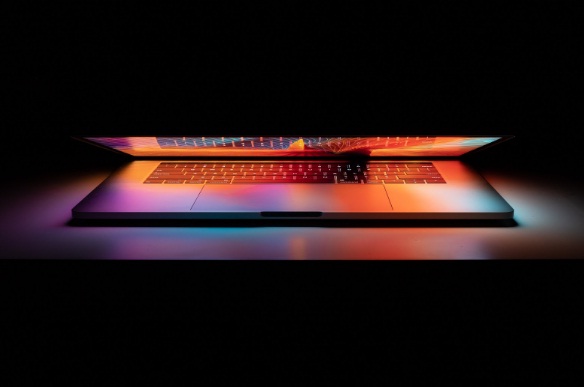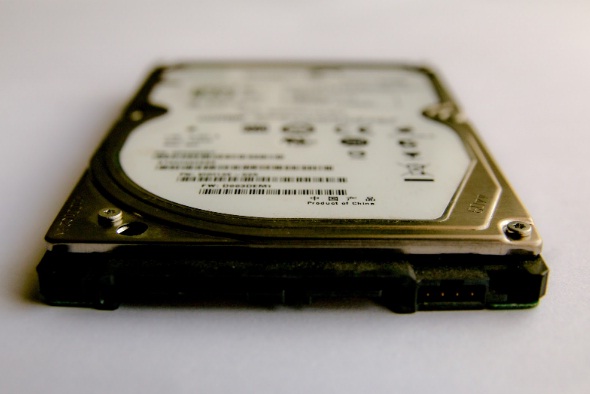
Getting a MacBook means getting a reliable computer. Besides, Macs are great for reasons other than their performance and reliability. There is a plethora of great features, built-in tools, and regular support from developers who release OS updates.
With that said, it is worth mentioning that MacBooks are not ideal. They are like any other computers in the sense that you are bound to run into certain issues.
The lack of drive storage is one of the most common problems that new MacBook owners face. Thankfully, it is not that difficult to do the cleaning and free up space. Let’s take a look at some of the most common reasons why there is not enough free storage on your Mac and how to deal with the problem.
Reasons why the computer’s drive lacks free storage
-
Too much temporary clutter
Temporary junk like app caches, plugins, and system backups accumulate over time. These files are not visible immediately. You need to tinker with the MacBook settings to access them. And even if you do, you may struggle to figure out how to approach these files. The sheer number of them can be quite intimidating.
For example, the system creates caches and stores the information to increase the download speed of Apple software and iCloud files.
However, the problem with these temporary files is that they can snowball and reach the amount that has the opposite effect. Instead of speeding up the MacBook, they slow the system down.
2. Too many old apps, downloads, and other files

Having too many old apps, downloads, duplicate files, redundant language data, and other junk is similar to temporary storage.
For instance, some people go over the top with applications they install. They find something supposedly interesting on the App Store and download it to see whether an app is good or not. After using an app once, they forget about it.
A similar thing applies to downloads. A random PDF file, a folder of pictures, or an installer for software could take more computer drive space than you expect.
-
Viruses and malware
MacBooks are not susceptible to malware and other cybersecurity threats as much as other computers. However, if a virus ends up in the system, it could start eating away at the drive’s space.
If you start noticing that there is less storage on the MacBook’s disk every day, and you have not downloaded files or made other changes that could change the storage details, the odds of malware are quite high.
-
Too many large media files
The tendency to hoard large media files is a problem that some people tend to underestimate. They believe that finding time to watch those movies and TV shows will not be a problem. However, the reality is different, and these media files remain on the MacBook without anyone ever watching them.
Solutions to free up the MacBook’s storage
-
Use cleanup utility tool

Let’s start with temporary junk. Getting a cleanup utility is a solid option if you want to remove the MacBook cache and other junk files. The solution is effective because you should be able to select the type of files in the UI you want to remove. Letting the software do the work for you is easier than manually removing these files yourself.
Besides, you will need to clear temporary junk data regularly, so investing in cleanup software is a good piece of advice.
-
Delete unnecessary files
Next, the files you no longer need. Look through the list of installed applications, downloaded files, and other data that does not have a place on the MacBook.
Drag these files in the Trash Bin and empty the Bin. Or, as an alternative, use the Option + Command + Delete keyboard shortcut to remove files from the MacBook permanently.
-
Remove potential malware
There is one straight solution to deal with potential cybersecurity threats, and that is antivirus software.
XProtect, the default anti-malware tool in macOS, is not the most effective way to fend off the system from unwanted malware, so you will need to get a proper tool to do the work.
Once you have antivirus software installed, scan the system and get rid of any potentially corrupted files.
-
Stick to streaming platforms

The solution to having more media files than you can handle is streaming platforms. Services like Netflix, Disney+, and Hulu have plenty of movies and TV shows for you to pick from. Spotify and iTunes are both great for music.
Instead of hoarding files on the MacBook’s drive, subscribe to streaming sites and consume your media there.
-
Transfer files to external storage
Another great tip for dealing with the lack of Mac drive storage is to take advantage of external storage. Dropbox, iCloud, an external hard drive, or even a few USB flash drives give you an alternative and allow you to keep files in another location safely.